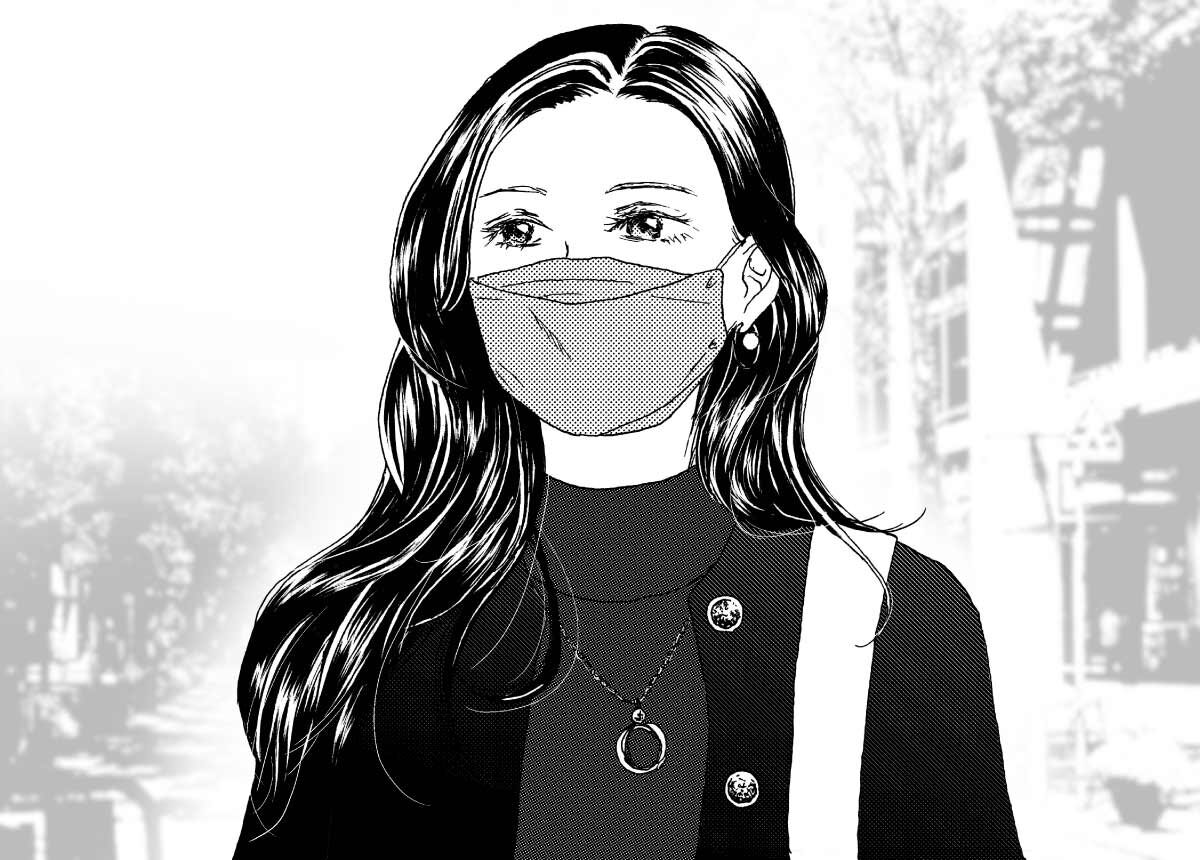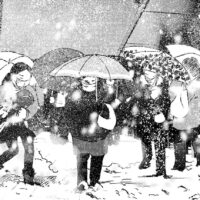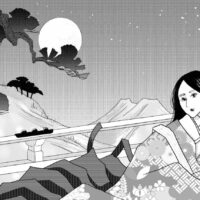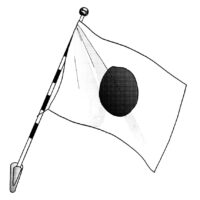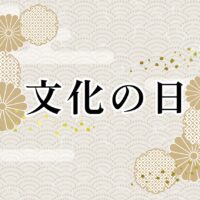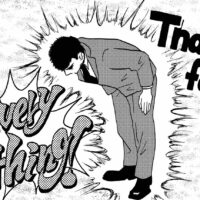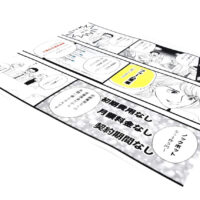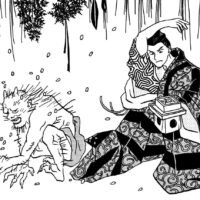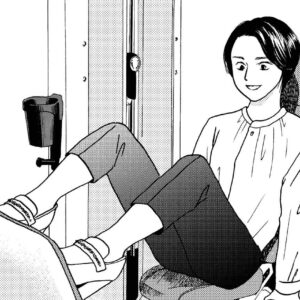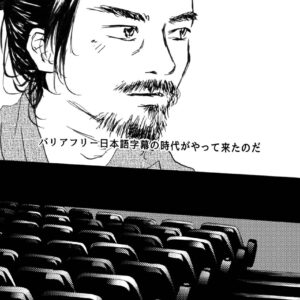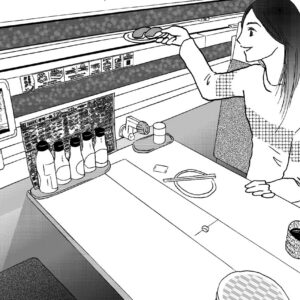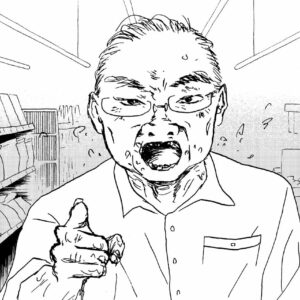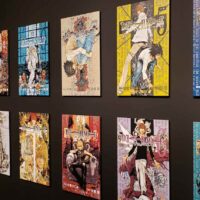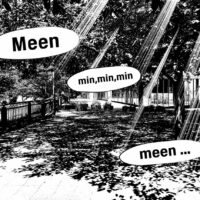Yes. Most Japanese still wear masks. Let me explain why this is so from my personal Japanese point of view.
I wear a mask from the standpoint of prevention, “I don’t want to catch a cold from someone.” Winters in Japan tend to be cold, low-humidity, and dry. Viruses are more likely to multiply in Japanese winters. Flu season lasts from January to March. Even before the advent of COVID-19, many Japanese spent the months of December through March wearing masks to prevent catching colds. They (including me) feel that this is an important period during which they “cannot afford to catch a cold.” January through March is a period of preparation at schools and companies before the new year begins in April. There are entrance exams, job hunting, personnel changes, and moving during that period. If you catch a cold and are stuck in bed at that critical time, you will be in trouble because you will not be able to complete the stuff you have planned. And a throat infection that results in a loss of voice will interfere with life. A mask is worn to keep the mouth moist because dry air causes a dry throat.
Another important reason to wear a mask is to avoid pollen. In Japan, cedar pollen begins to fly in February. One in three Japanese is allergic to pollen. Many people with pollen allergies suffer through tears and runny noses. Masks are also used to control these symptoms.
In addition to our national habit, we are still wearing masks because of the coronavirus. On the other hand, there are those who are fed up with the prolonged mask lifestyle and say, “Let’s take off our masks.” A major Japanese IT company declared that it is no longer necessary to wear masks in the office. The president said that since the mandatory wearing of masks was instituted, the quality and opportunities for communication have decreased significantly. Employees commented that they could not see facial expressions when wearing masks, that it was difficult to hear what was being said, and that they no longer laughed. 60% of employees agreed with the company’s “no mask required” policy in an internal survey.
Incidentally, the Japanese government officially says that wearing masks is not necessary. The Ministry of Health, Labor, and Welfare (MHLW) states that you do not need to wear a mask indoors when you are approximately 2 meters apart from others and when you are not talking. So if you come to Japan, you do not need to wear it officially.
Currently, there are both those who want to wear masks and also want their counterparts to wear masks, and those who want to live without masks. In my case, it is the former. If I were in a bookstore and someone walked into the store without a mask, I would find that person offensive and would stay as far away as possible. But time will solve this conflict. The custom of wearing masks is limited to the winter. From April to October, when the temperature rises, few Japanese will wear masks. Then, around November, when the heat settles down and the weather begins to turn colder, Japanese people will start wearing them again to prevent colds.



